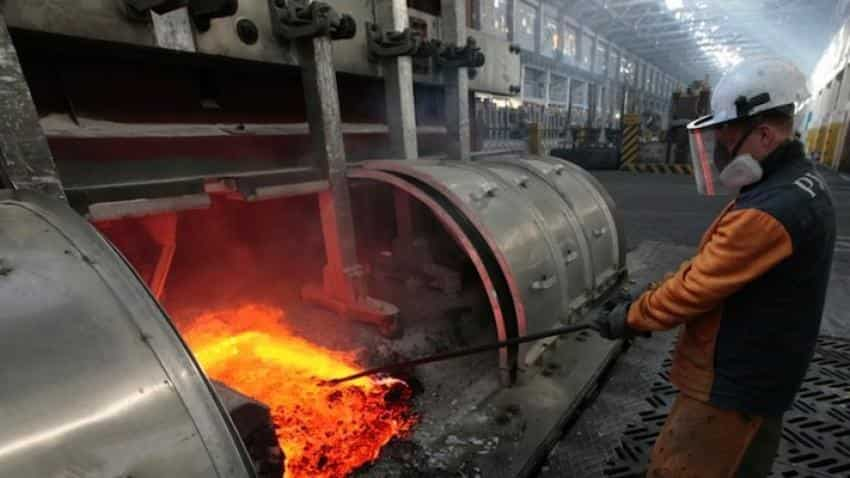India factory growth cools to three-month low in January on weaker demand
The Nikkei Manufacturing Purchasing Managers` Index, compiled by IHS Markit, fell to 52.4 last month from December`s 54.7

Indian factory growth cooled to a three-month low in January as weaker domestic demand dragged on output despite firms keeping price increases to a minimum, a business survey showed on Thursday.
The Nikkei Manufacturing Purchasing Managers` Index, compiled by IHS Markit, fell to 52.4 last month from December`s 54.7.
While the latest reading undershot the 54.5 expected in a Reuters poll of economists, the index has now stayed above the 50 mark that separates growth from contraction for a sixth month.
"Following December`s stellar performance, growth in the Indian manufacturing economy lost some impetus, reflected by slower growth in output, new orders and employment," Aashna Dodhia, an economist at IHS Markit, said in a release.
"Nevertheless, these key PMI indicators registered in expansion territory signalling the sector stayed on its track to recovery."
The new orders sub-index, a proxy for domestic demand, slumped to 53.0 from December`s 56.8, which in turn pushed firms to slow the pace of hiring to a three month low.
That suggests the economy is still struggling to recover from a weaker demand trend seen since the ban of high-value currency notes in November 2016 and the chaotic roll out of a goods and services tax (GST) last year.
And output growth eased last month to a three-month low and could wobble in the months ahead on GST woes.
"The goods and services tax somewhat continues to remain a risk to business performance as firms faced further delayed payments," Dodhia said.
Asia`s third largest economy is expected to grow 6.6 percent this fiscal year ending March, which would be its weakest in four years, a Reuters poll found last month. [ECILT/IN]
But strong global growth is tipped to keep foreign demand intact, a factor duly reflected in the PMI survey which showed new export orders rose at their fastest pace in almost 1-1/2 years.
While firms continued to absorb the increase in cost pressures, they did pass on some of that to consumers in January, suggesting a recent trend of inflation above the Reserve Bank of India`s (RBI) medium-term target of 4 percent could be here to stay.
Retail inflation rose to a 17-month high of 5.21 percent in December, the latest official reading showed, possibly pressuring the central bank to tighten monetary policy.
The RBI is scheduled to meet for the first time in 2018 on February 6-7, which will come after Finance Minister Arun Jaitley presents his annual budget due later on Thursday.
11:34 AM IST





